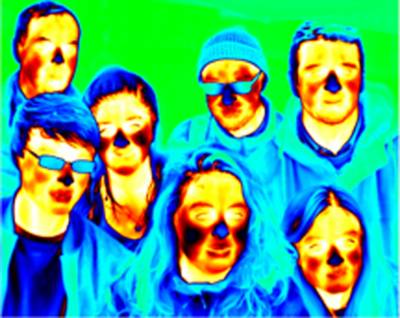Thermal or infrared imaging is a technique which utilises the light radiated from the surface of materials to allow the heat of objects to be calculated. While this technique is commonly used in a wide range of areas; from border security and ‘nightvision’ to medical imaging, it’s use on fuel cells has only recently been exploited. Due to the reactions in a fuel cell, heat is generated in different areas at varying rates. By understanding this, thermal imaging can be used to investigate the rate of reactions, the quality of cooling systems and the overall performance of a fuel cell.
Typically single temperature measurements are performed and used to describe the system, however in certain circumstances this ‘point’ measurement can lead to misleading results which may give the illusion that a fuel cell is performing significantly better; or indeed worse, than it actually is. By utilising a thermal camera a map can be produced enabling more accurate and precise temperature measurements at a wide range of points. Typically in the range of 82,000-330,000 individual temperatures can be measured using a mid level thermal imaging camera. This can significantly improve performance by showing how the point measurement (which is significantly cheaper to perform) compares with the surrounding areas of the cell. It is also possible to detect defects and faults using infrared images. Defects are seen as either hot or cold spots; typically areas of high or no reaction, respectively. While measurement of these areas with a thermocouple is virtually impossible, an infrared camera allows this analysis to be performed quickly and easily while also giving the exact point in space of the defect.

 Close
Close

